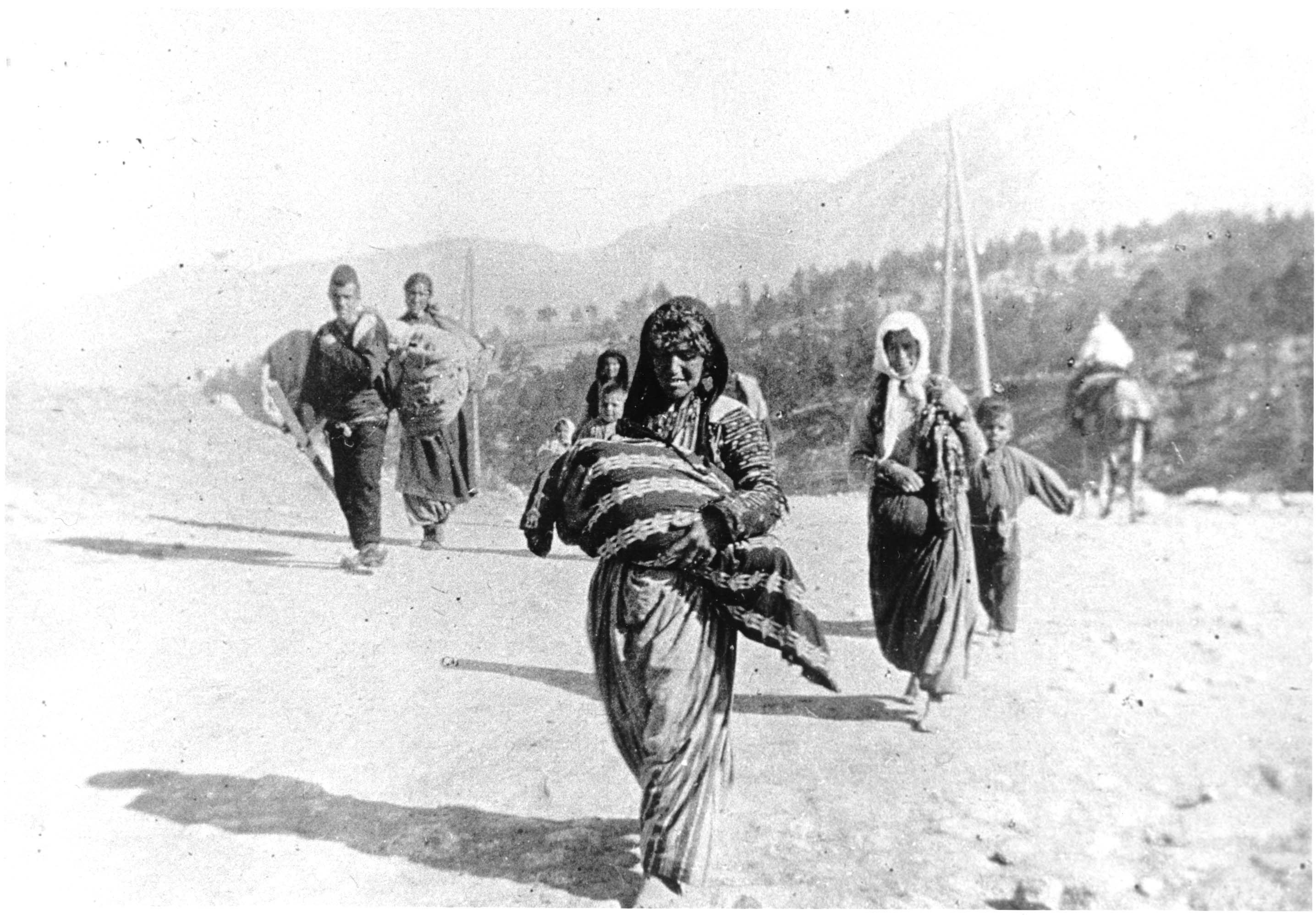Wegner, Armin T., 1886-1978
Enlarge text Shrink text- LCN: Wegner, Armin T., 1886-1978
Armin Theophil Wegner (October 16, 1886 – May 17, 1978) was a German soldier and medic in World War I, a prolific author, and a human rights activist. Stationed in the Ottoman Empire during World War I, Wegner was a witness to the Armenian genocide and the photographs he took documenting the plight of the Armenians today "comprises the core of witness images of the Genocide.": 258–259 In the years following World War I, Wegner also voiced his opposition, at great risk to his own life, to the antisemitic policies of the Nazi regime. In 1933, he authored an impassioned plea to Adolf Hitler on behalf of German Jews. He suggested that the persecution of the Jews was not just a question of "the fate of our Jewish brothers alone, [but also] the fate of Germany.": 240 Noting that he was writing the letter as a proud German who could himself trace his Prussian familial roots back to the time of the Crusades, Wegner asked Hitler what would become of Germany if it continued its persecution of Jews. Answering his own question, Wegner declared, "There is no Fatherland without justice!": 244 He was persecuted by the Nazi regime and fled after being released from a concentration camp. After leaving Germany, Wegner lived the rest of his life in Italy. He was later recognized for his anti-genocide efforts, including recognition by Yad Vashem as Righteous Among the Nations. His story and his pictures have featured in multiple later efforts to document the Armenian genocide.
Read more on Wikipedia >
 Personality
Personality





